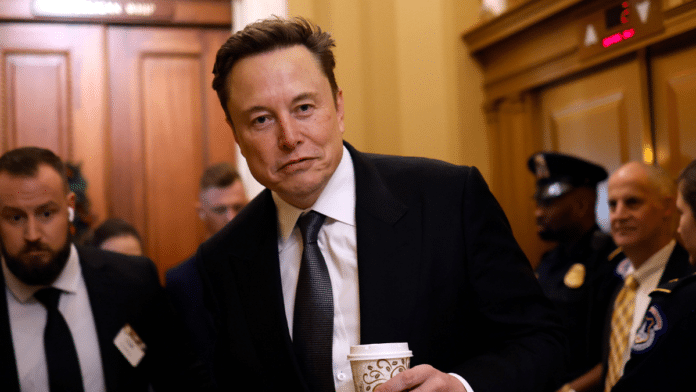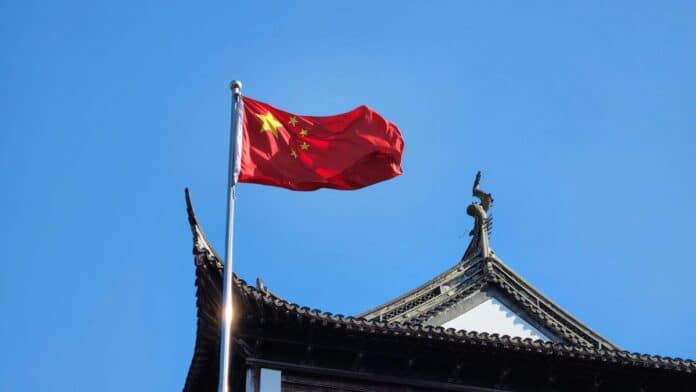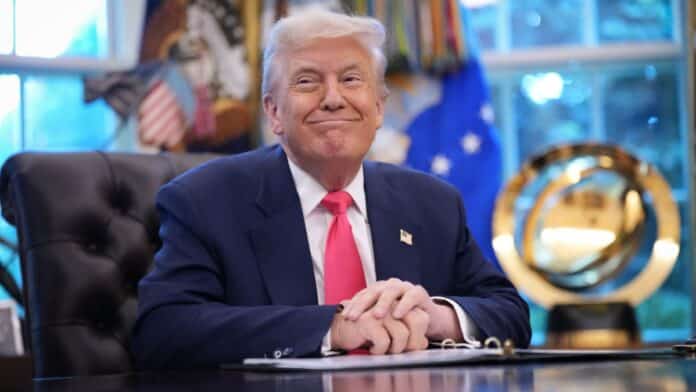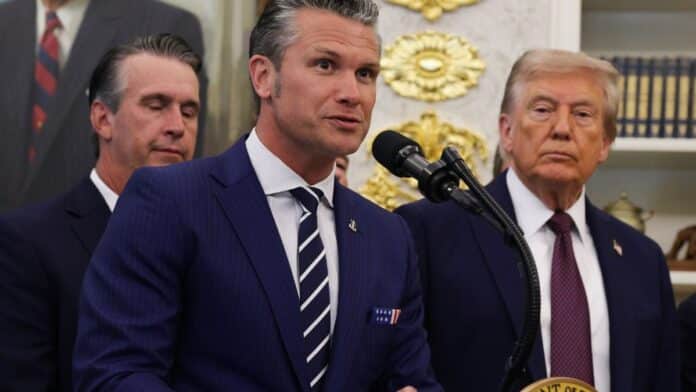A California State University Channel Islands professor has been indicted by a federal grand jury for allegedly assaulting Border Patrol agents during a July raid on a marijuana farm in Camarillo.
Jonathan Caravello, 37, of Ventura, was charged with one count of assault on a federal officer with a deadly or dangerous weapon after allegedly throwing a tear gas canister at agents. He was released on $15,000 bond and is expected to be arraigned in U.S. District Court in Los Angeles in the coming weeks.
According to court documents, federal agents from Homeland Security Investigations and Border Patrol executed a high-risk search warrant on July 10 at a 160-acre marijuana farm. Protesters gathered at the farm’s entrance, blocking exits with their bodies and vehicles. Authorities reported that demonstrators turned violent, hurling rocks at government vehicles, smashing windows, and damaging mirrors.
Agents deployed tear gas to disperse the crowd and ensure safe departure. Prosecutors say Caravello attempted to kick one of the canisters before picking it up and throwing it back overhand at federal officers. He was arrested after resisting attempts to restrain him.
Caravello, a philosophy lecturer at CSUCI, was defended by the university in a statement shortly after his arrest. The school claimed he was “peacefully participating in a protest” and demanded his release. If convicted, Caravello faces up to 20 years in federal prison.
The July 10 raids in Camarillo and Carpinteria uncovered 361 illegal aliens working on marijuana farms, including at least 14 migrant children forced into labor. Federal officials also arrested several criminal aliens with prior convictions for violent crimes such as kidnapping, burglary, and child sex offenses. DHS previously announced a $50,000 reward for information leading to the arrest of another suspect involved in the assaults on agents.











